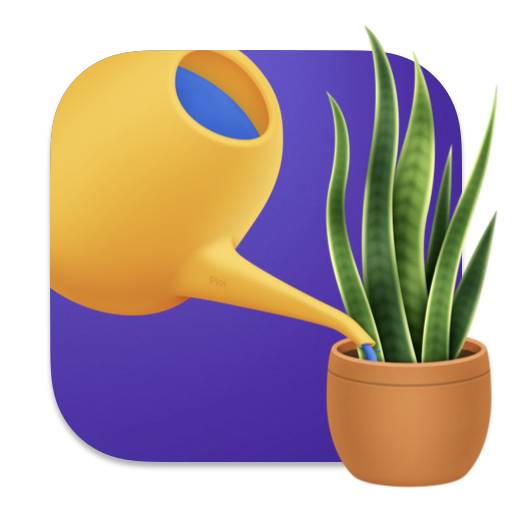Diascia barberae aka Twinspur
Taxonomy ID: 3265
Diascia barberae, commonly known as twinspur, is a mat-forming perennial native to South Africa and Lesotho. Belonging to the Scrophulariaceae family, this semi-evergreen plant has dark green leaves and produces deep pink flowers measuring 2cm across. Blooming in terminal racemes during the summer, it reaches a height of 25cm and spreads 18 inches wide. The cultivar 'Blackthorn Apricot' of Diascia barberae has been recognized with the Royal Horticultural Society's Award of Garden Merit. Other cultivars like 'Ruby Field', 'Lilac Belle', and 'Rupert Lambert' are also available, offering a range of flower colors. Twinspur thrives in moist, well-drained soils that are rich in organic matter, and it flourishes best in full to part sun. With its vibrant pink blooms, this versatile plant can be grown as a perennial, annual, or even in containers and hanging baskets.
Common names
Twinspur, Diascia BarberaeMore information about Twinspur
How difficult is it to take care of Twinspur
Even if you don't have a green thumb, you can successfully care for Twinspur due to its easy-going nature.
What are the water needs for Twinspur
Twinspur should be watered regularly, allowing the soil to dry out between waterings.
What is the right soil for Twinspur
Twinspur loves a well-draining soil. Perlite and vermiculite help with drainage, while coco coir adds organic matter, so a good potting soil mix will have all three. You can improve store-bought soil by adding some perlite to it.
What is the sunlight requirement for Twinspur
Twinspur thrives in bright and direct sunlight. To ensure your plant receives enough light to survive, place it less than one foot from a window. The current weather in your area may affect the placement in your home. For example, if you live in a region that has longer and more intense periods of sunlight, then you may want to place the plant farther away from the window to avoid direct sunlight and reduce the risk of sunburn. Alternatively, if you live in a region with relatively milder temperatures and less intense sunlight, then you may be able to place the plant closer to the window for increased exposure. Ultimately, the current weather in your area should be taken into consideration when determining the best placement for your Twinspur.
How to fertilize Twinspur
Repotting the Twinspur is necessary either when it has doubled in size or once every year, whichever happens first. With fresh potting soil replenished annually, the plant will receive all the necessary nutrients, rendering the use of fertilizer unnecessary. Keep in mind that the source of a plant's energy is the sun, not fertilizer.
Is Twinspur toxic to humans/pets?
The toxicity level of this plant has not been officially confirmed by Ploi. If there is a possibility of ingestion of plant material with an uncertain toxicity by you, a family member, or a pet, it is advisable to seek the assistance of a medical professional.
More Species in Diascia Genus



